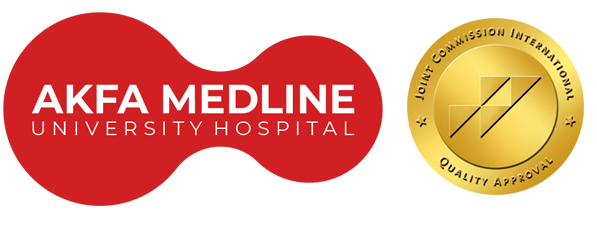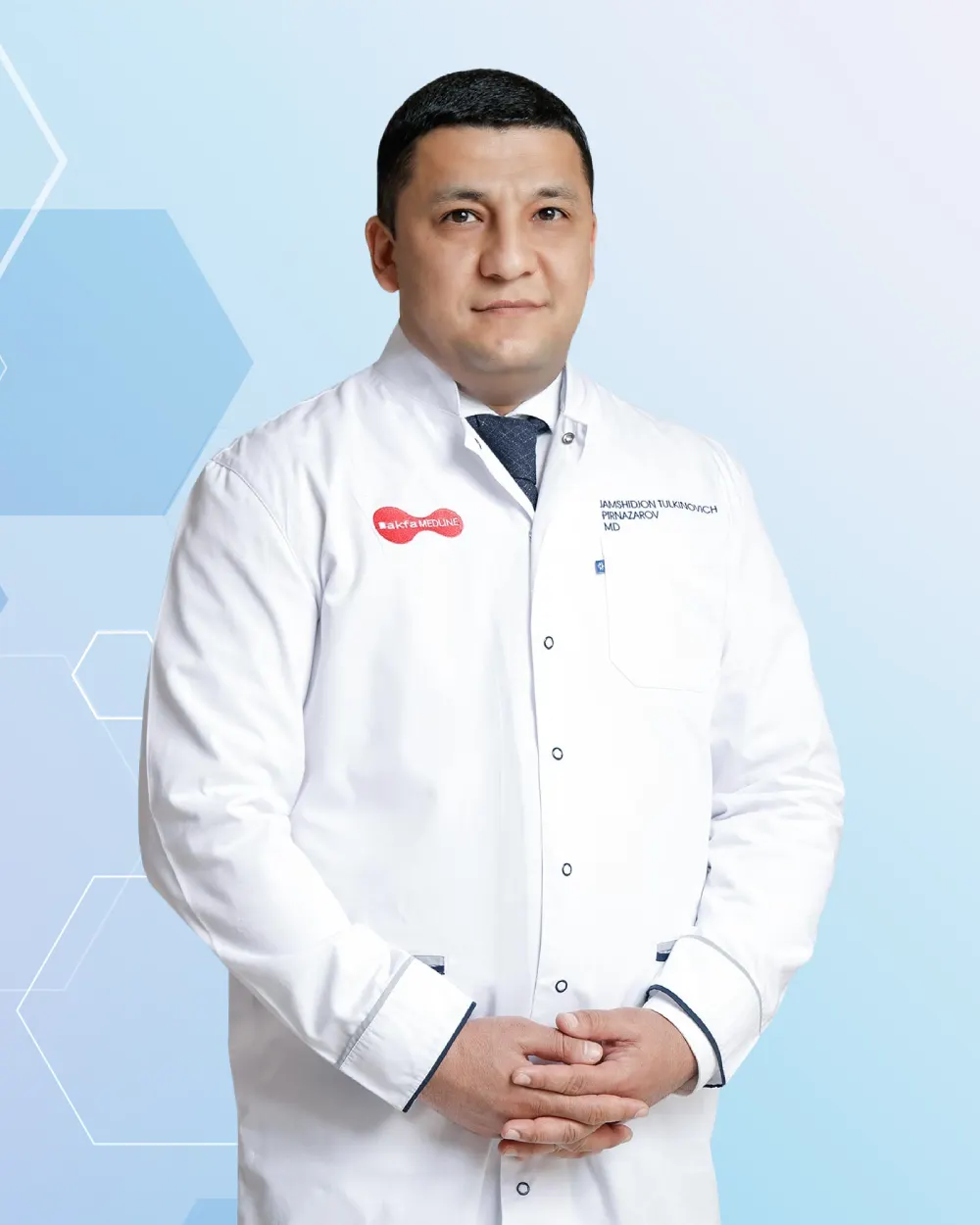- About
- Services
- Departments
- Anesthesiology
- Adult cardiac surgery
- Intensive care
- Pediatric cardiac surgery
- Urology
- Gynecology
- General oncology
- Head and neck oncology
- General surgery and proctology
- Vascular surgery
- Ophthalmology
- Cardiology
- Interventional Cardiology
- General therapy
- Neurology
- Orthopedics-traumatology
- Spinal neurosurgery
- Pain Treatments
- Doctors
- Insurance
- For foreigners
- Blogs
- Contact



